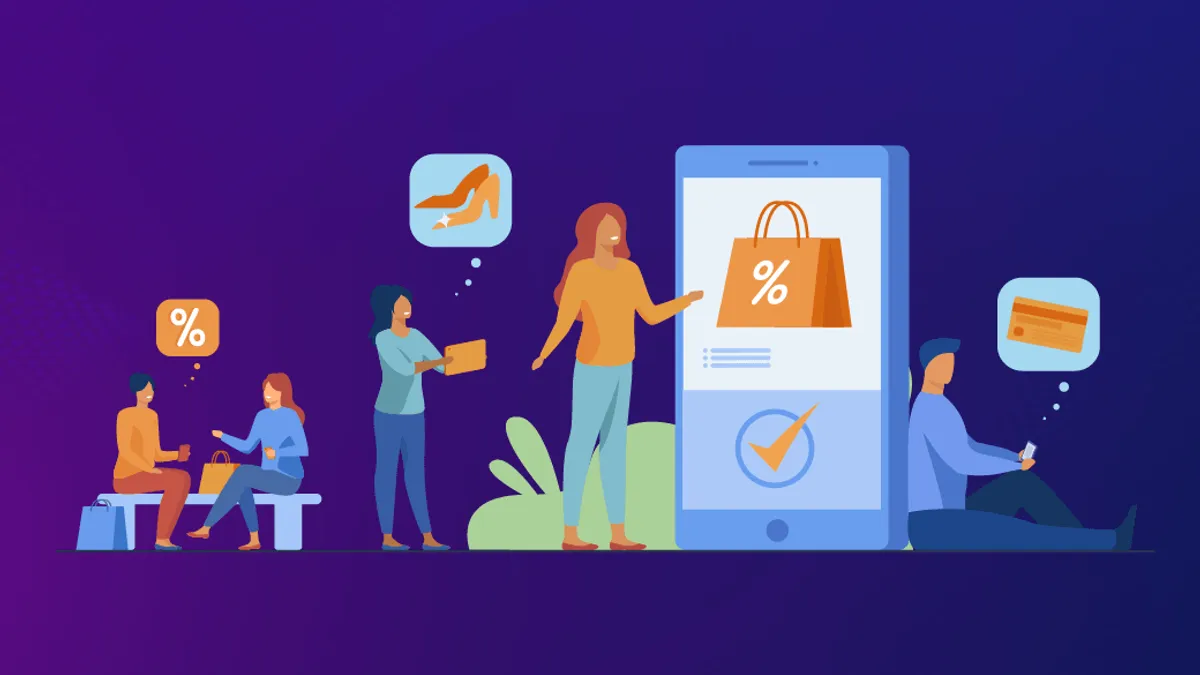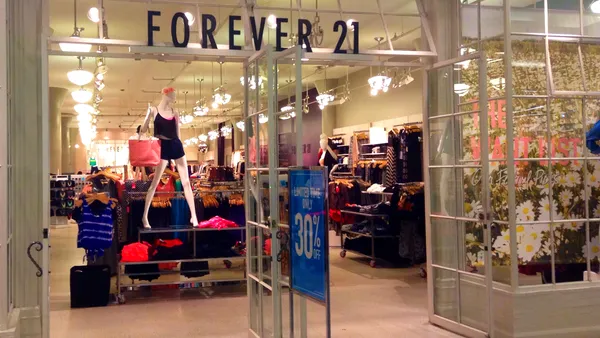Having anonymous shoppers on your site—which is happening more and more thanks to enhanced privacy restrictions and the end of third-party cookies—can make it challenging to deliver a customized and compelling shopping experience.
“The world has changed and today’s consumers expect a highly contextual and personalized experience wherever they are,” says Debjani Deb, CEO of ZineOne. As large players like Apple and Google are now restricting data sharing, retailers are receiving little data indicating who their shoppers are. “That leads to a challenge for retailers grappling with paradoxical trends of continuously increasing consumer demands and privacy measures resulting in less data (for retailers to work with).”
But despite these barriers, analyzing the micro-behaviors of anonymous consumers in real-time can allow retailers to enhance the customer experience and drive conversions.
The challenges
Here are three challenges digital retailers may face when dealing with anonymous shoppers:
-
Understanding visitors who might be interested in buying but are hesitant to make a purchase
-
Engaging on-the-fence visitors with an incentive or information that will push them to close the sale without eroding business margins
-
Encouraging visitors to take these actions in session before they leave the site
An anonymous shopper can be a new visitor to a retail site or even a returning user. But unless they log into an existing account that declares their identity, the retailer won’t know they have an account holder visiting their site. “On any given site, approximately 90% of the traffic is anonymous,” according to Debjani Deb, CEO of ZineOne. “You have to have a solution that enables value-add to that population that focuses on results rather than identification.”
Solutions past
Retailers have attempted to solve the challenges posed by anonymous shoppers by capturing consumers’ data and converting them to “known.” For example, encouraging them to submit their email address to opt-in to an email newsletter or to create and re-visit their customer account to view a rewards points balance. Many retailers still employ these strategies, but they aren’t always successful, as they require action taken on the consumer side. Additionally, “there are a set of technologies that are trying very hard to increase the match rate of trying to identify more. But it's a very incremental approach. If you have 10% of your traffic identified, you may get to 12% or 15%, but it's not game-changing,” says Deb.
Today’s solution
A better way of addressing anonymous shoppers in light of today’s privacy restrictions is to use in-session marketing as a new way of thinking and strategy. “In the next five years, the retailers that will win the game will pay attention to what I think about as the development of an intelligence layer to understand their consumers contextually and in the moment,” says Deb.
In-session marketing applies real-time marketing tactics to address all active users on your retail site by synthesizing their micro-behaviors. With in-session marketing, a retailer uncovers more relevant contextual data needed to drive conversions without having to personally identify the site visitor, as it doesn’t require historical, demographic, PII or CRM data to be successful.
One retailer turned to ZineOne to better understand the right visitors to target by using ZineOne’s in-session marketing platform. They relied on its Early Purchase Prediction (EPP) model to reveal purchase outcomes using real-time behavioral insights that determine the best action to engage each visitor in that moment. The result? The retailer achieved a 20% average lift in total revenue per visitor.
Seizing the golden moment
Deb shared that the “golden moment” for retailers is when anonymous consumers are on the retailer’s site, and the instantaneous opportunity to add value to them and convert them into purchasers in that moment. “That moment becomes crucial, and the ability for the retailer to address consumers while they're present on the site will take on a sort of disproportionate importance in the next five years.”
ZineOne is able to predict purchase intent by the fifth click and understand whether the consumer is likely to buy, if they are on the fence but are influenceable, or if they are most likely going to walk away without making a purchase. This knowledge can help retailers make the right offers to consumers while protecting their margins. For example, if an anonymous shopper is identified as ‘very likely to buy,’ there’s no need to offer them a coupon. The same could be said for a customer that isn’t likely to make a purchase. However, retailers may find it worthwhile to incentivize a site visitor whose behavior suggests they’re on the fence.
The takeaway
Deb strongly advises retailers to reconsider their approach to anonymous shoppers. “My advice to retailers is that it is high time we turn our focus to the anonymous consumer,” Deb said, “And in-session marketing, being able to understand the session behavior without having historical context, is where retailers must look to optimize their e-commerce revenue. That’s where the focus needs to go.”
For more information about overcoming the challenges of anonymous traffic with in-session marketing, visit ZineOne.










